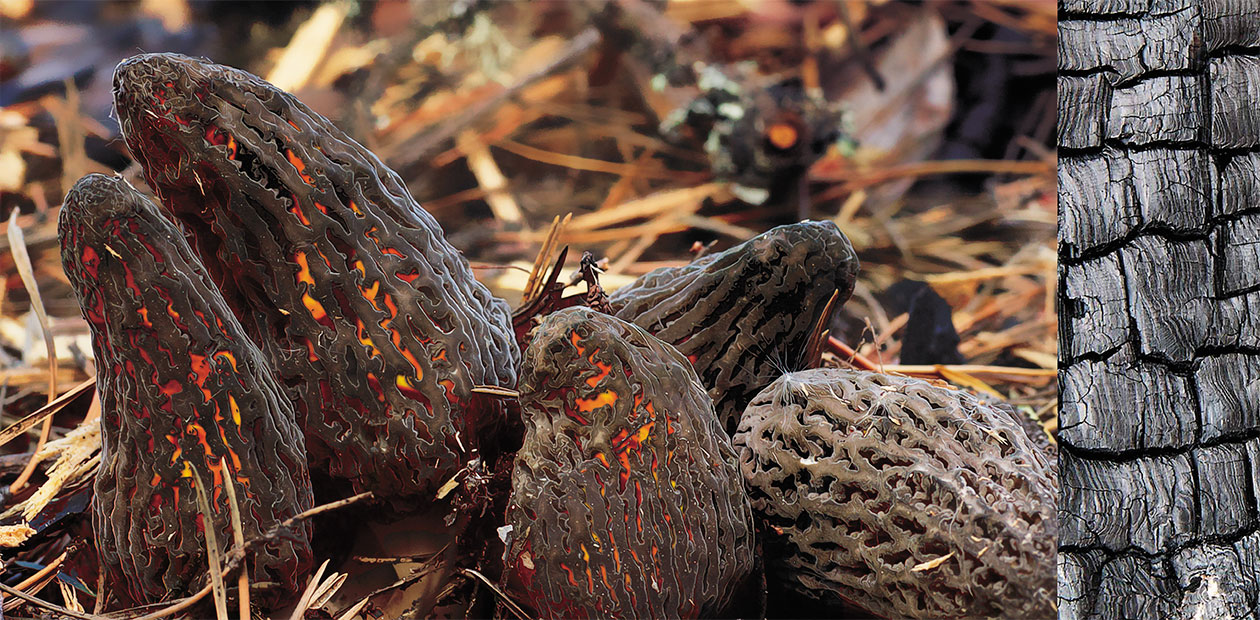Fungi on Fire
Forest fires… They burn in Siberia and North America, across the Mediterranean and in Australia… humans are not the only cause of forest fires: there is always the natural factor, including global warming. In this sense, fires are a part of the natural cycle of many ecosystems, from the West Siberian taiga to the Mediterranean cork oak stands. Regardless of the reason, even a low-intensity fire leaves partially destroyed or damaged soils surface, killed-off regrowth, dead and damaged roots and tree trunks; in some cases, when the fire jumps up into tree crowns, the whole forest burns down to ashes. However, life on burn sites does not stop. Fungi are among the first living things to show up on burn sites, popping up seemingly out of nowhere. Some of them can feed on coal – an ability few other organisms have...
Like most our forests, the mosaic woodland landscapes typical for the bogged plains of the Yuganskiy nature reserve have are formed by two key factors. The first one is the soil humidity and drainage, and the second is regular forest fires, causing the affected areas to regenerate for at least 150–200 years.
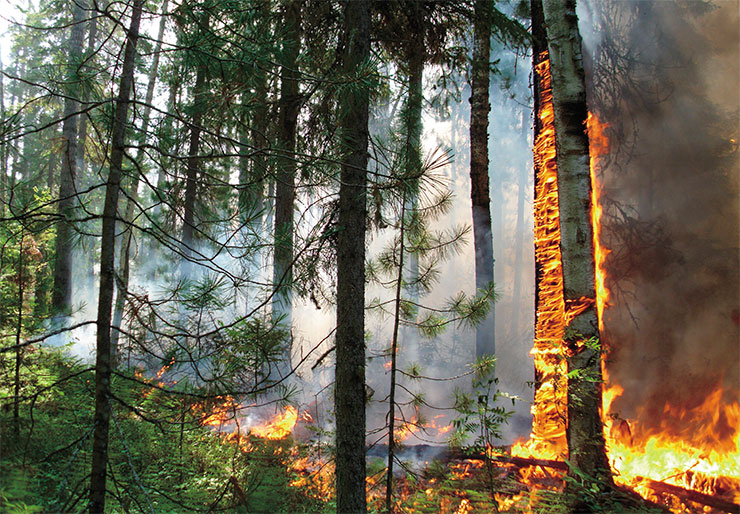
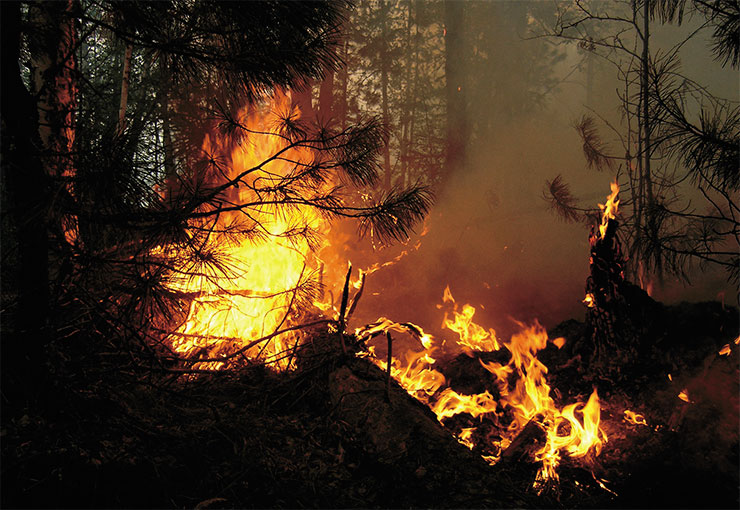
They are similar to plants in their ability for apical growth and formation of septa in cells and the presence of a solid cell wall. However, like animals, fungi cannot photosynthesize, i. e. they cannot generate carbohydrates using sunlight and atmospheric carbon. This is why then need “pre-made” organic substances to feed on, and they must be dissolved in water. Some fungi can feed on dead organic matter (saprotrophic), others use the organic matter of living organisms (parasites and symbionts). Like animals, fungi need a number of vitamins; their cells produce “animal sugar” – glycogen, as well as urea and chitin
Fungi play the key role in this process – they bear the full burden of returning the bulk of the biomass of the dead vegetation into the carbon cycle. It is possible due to their ability to efficiently decompose key plant polymers, such as structural carbohydrates: cellulose and hemicellulose, as well as lignin, which makes up up up to a third of all dry weight of timber and is responsible for its structural integrity.
«Feed on coal»
The processing of dead wood from after-fire blowdown, which covers the forest floor with up to several layers of tangled dead trees, is done by hundreds of wood-decaying species of fungi, in a process that can stretch for many decades. However, just weeks after the fire ceases and rains come, the charred soil becomes a busy construction site. The pioneering organisms here are fungi belonging to a peculiar ecological group – the so-called pyrophilous, or carbotrophic fungi. The very etymology of these term tells us that such organisms “love fire” and “feed on coal”.
Abundant fruitbodies of these macromycetes appear within several weeks after the fire, or the next year. However, just a couple of years later, their numbers fall drastically, or they stop fruiting altogether. They will not re-emerge anytime soon – it will be decades or centuries, until another fire rages in these woods. What causes this post-fire “explosion” of fungal life forms?
There are several hypotheses on this matter. First of all, fires can decrease competition from the common “background” species, whose mycelium (the vegetative body of the fungus, consisting of filamentous hyphae) is always present in the soil. Second, some species have been shown to produce enzymes that specifically help them to feed on charred plant matter. Such coal-eating saprophytes can successfully exist in an environment where their competitors fail to thrive. This is exactly the kind of fungi one is likely to see on an old bonfire site.
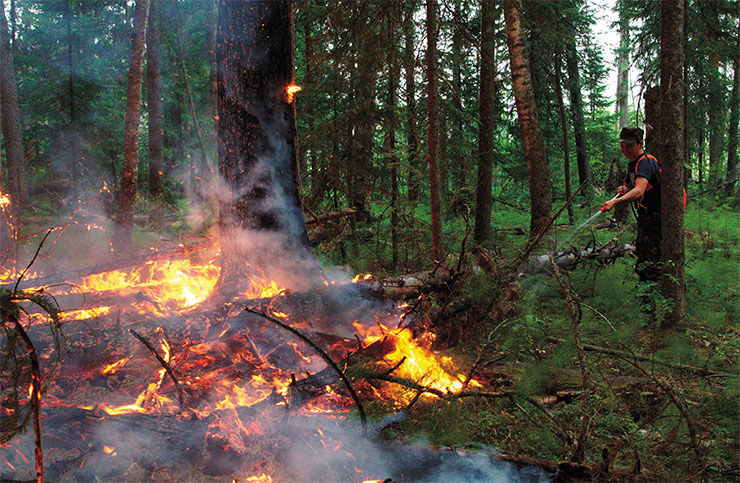
There are three key types of woodland fires: “bottom” fires (low-intensity fires occuring near the surface), wildfires (high-intensity fires completely destroying all levels of the forest) and peat fires, that burn under the soil surface. Most forest fires are of the first type. Stable low-intensity (“bottom”) fires usually occur in the summer. They kill off the soil layer of vegetation and undergrowth, damage and destroy roots lying close to the soil surface and lower parts of trunks of trees. In drained peatlands, they can turn into peatland fires, and in certain types of coniferous stands and under certain conditions, such as dense young regrowth and hot windy weather, they can give rise to wildfires that consume trees whole and can spread extremely fast. However, some trees actually benefit from regular low-intensity fires, by adapting to them and thus acquiring advantages over other tree species (Kharuk, Ponomarev, 2020)
Another hypothesis concerns mycorrhizal fungi, whose mycelium is literally tightly interwoven with trees. These fungi coexist in mutually beneficial partnership with their host trees for decades and centuries. When they sense the imminent death of their host after the fire, they produce great numbers of fruitbodies, in a desperate attempt to disperse their spores and leave progeny. It is after forest fires that massive fruitings of some species of morels occur, a fact long known and used by commercial harvesters in Europe and North America.
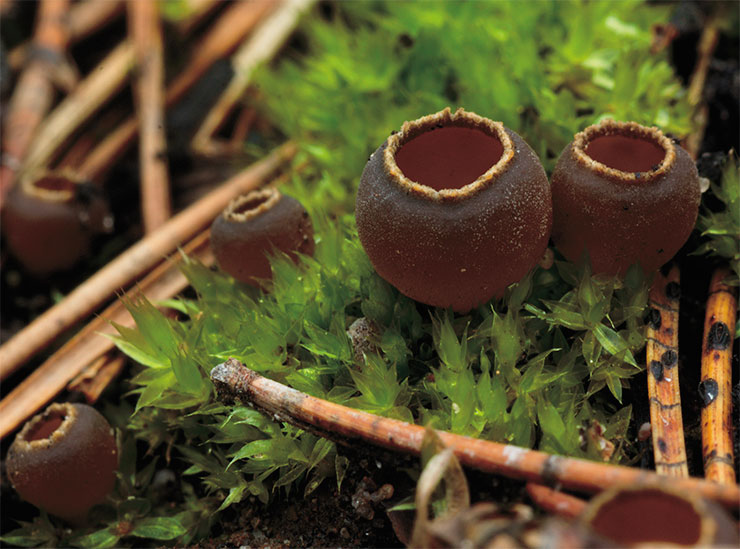
Mycorrhiza is the symbiotic connection between fungi and the root system of higher plants. It is a mutually beneficial partnership: the fungus receives carbohydrates (primarily sugars), as well as aminoacids and other useful substances, and in return, it supplies its plant companion with water and trace elements and protects it from a variety of pathogens. At least 600 species of fungi are known to form mycorrhiza with trees. Among trees, the Scots pine is the leader by its known mycorrhizal associates, followed by oak, fir, birch, and spruce. Any experienced mushroom hunter will confirm such mutual “inclinations” of certain trees and mushrooms
Massive fruiting of such fungi after forest fires is akin to evacuation, or construction of a Noah’s ark. This assumption is not unfounded: massive crops of morels are known to occur after host tree die-offs caused by fungal infections, such as the Dutch elm disease, or after severe root damage caused by construction or logging. Foragers report bumper crops of false morels (Gyromitra esculenta) in a tank shooting range near Saint Petersburg, while in undisturbed environments, these fungi are normally not numerous.
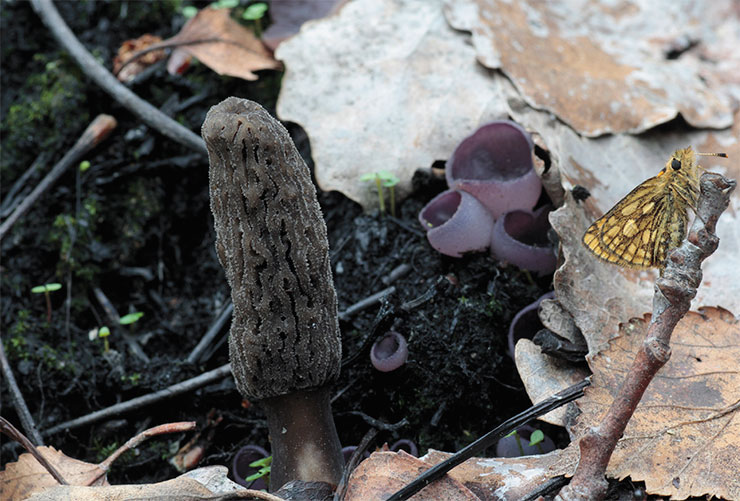
These hypotheses are not mutually exclusive since most mycorrhizal fungi have a mixed type of nutrition. The mycelium of burn site morels may well use the carbon from charcoal to produce large numbers of fruitbodies, however, this phenomenon has not been thoroughly studied. It can be tested experimentally, by using marked carbon isotopes. The key problem here lies in the modeling of the whole life cycle of fungi, from spore germination to fruiting, since mycorrhizal fungi are notoriously challenging to cultivate.
Babysitter mycorrhiza
In 2012, extensive forest fires swept through Scots pine forests around the village of Ugut, where the nature reserve headquarters are situated. The burnt forest was partially cut; some of the plots were tilled and planted with pine saplings, elsewhere, the charred barren soil was left to its own devices.
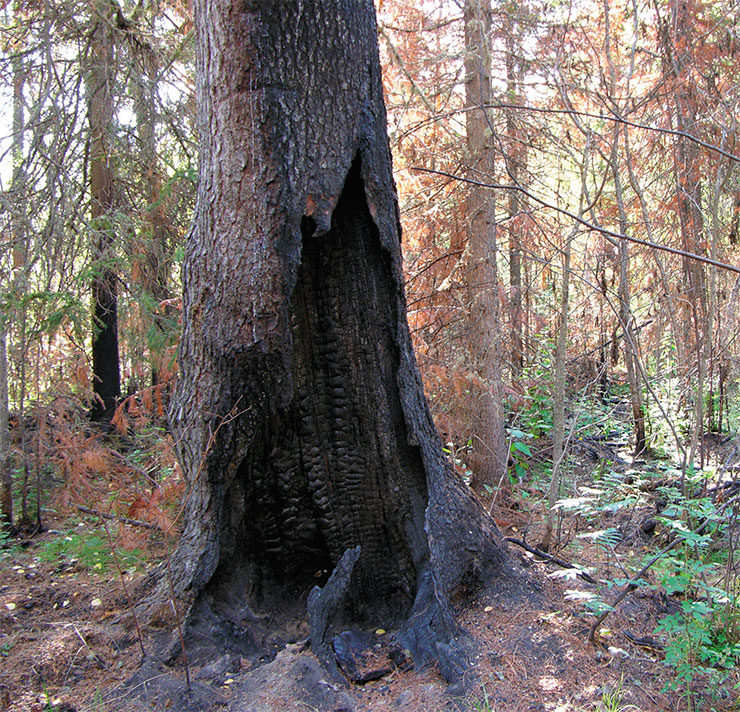
The life of saplings in such places is not easy: not only are they exposed to the elements: wind, extreme temperatures, and bright sun, but they also have to deal with a severe deficit of trace elements in what is almost pure sand, as well as fight off pathogenic fungi and bacteria feasting on the logging residue. How does the young forest manage to survive?
To find the answer, one must observe the area in early September, at the peak of the fungal season. This is when fungal nannies – fungi that make the lives of the little pines much easier – become visible.
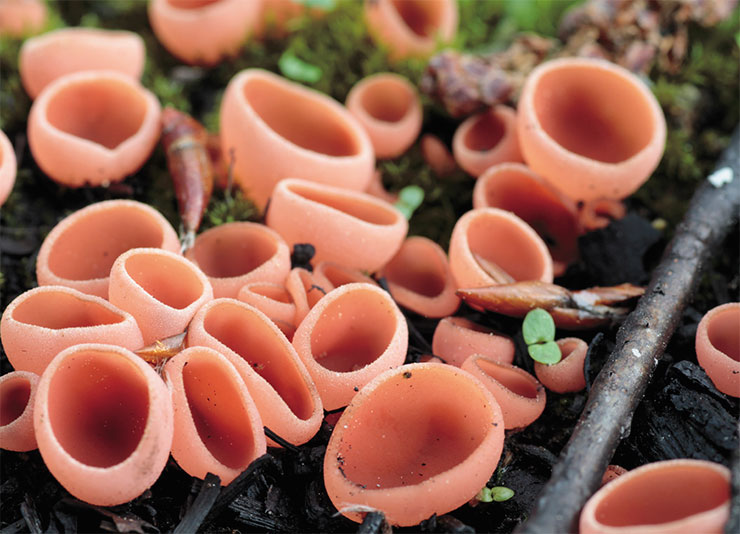
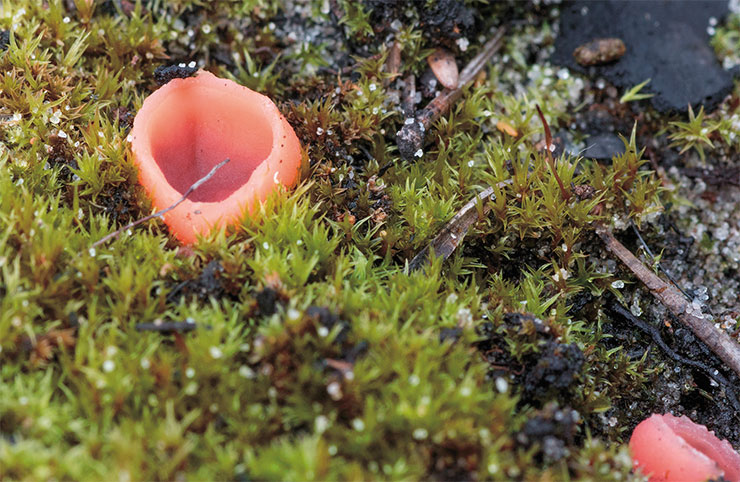
One of them is the Scurfy Deceiver (Laccaria proxima) – a pioneering mycorrhizal partner of the Scots pine. Pioneering means that the mushroom starts producing fruitbodies in association with very young trees. Many other species of mushrooms, such as the pine king bolete (Boletus edulis) or gray boletopsis (Boletopsis grisea) require forests that are several hundred years old to begin fruiting (we still do not know why).
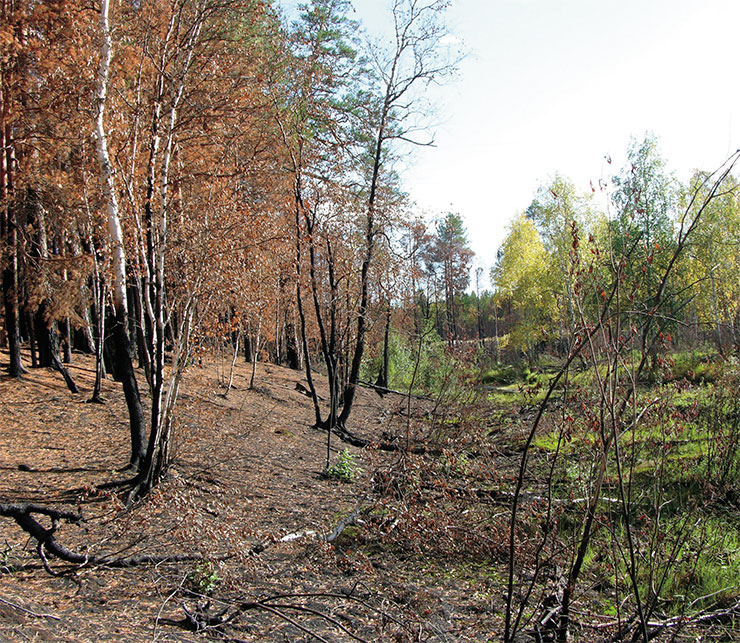
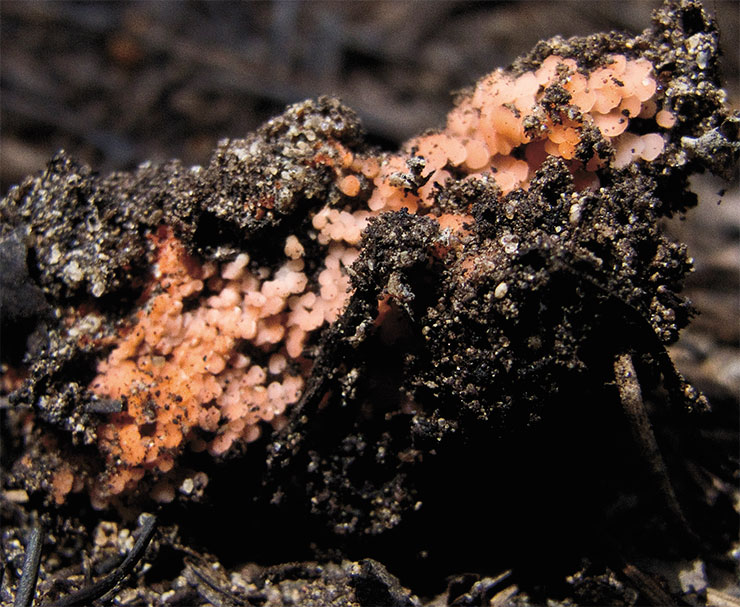
The mycelium of deceivers covers the finest rootlets of saplings with a thick sheath, protecting them from pathogenic microorganisms, and pervades the soil for many feet around, siphoning out the scarce trace elements. It then shares its mineral riches with the host pine, and the pine returns the favor by feeding the fungus sugars, which it produces literally from air and water, through photosynthesis. Everyone is happy. The forest keeps growing.
Deceivers are not the only fungi to form mycorrhiza with pine saplings – other common ectomycorrhizal species include the Common Fiber Vase (Thelephora terrestris), Slippery Jacks (Suillus luteus), and rhizopogons (truffle-like relatives of Slippery Jacks). However, the deceiver is the fungus of choice in nurseries, used to inoculate seedlings to improve their survival rate and health.
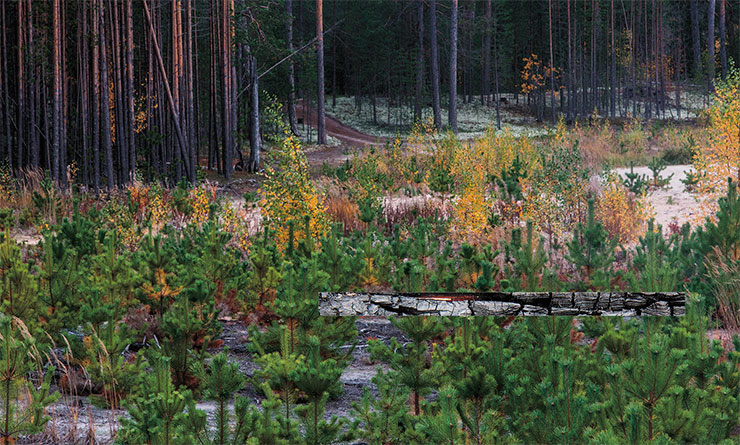
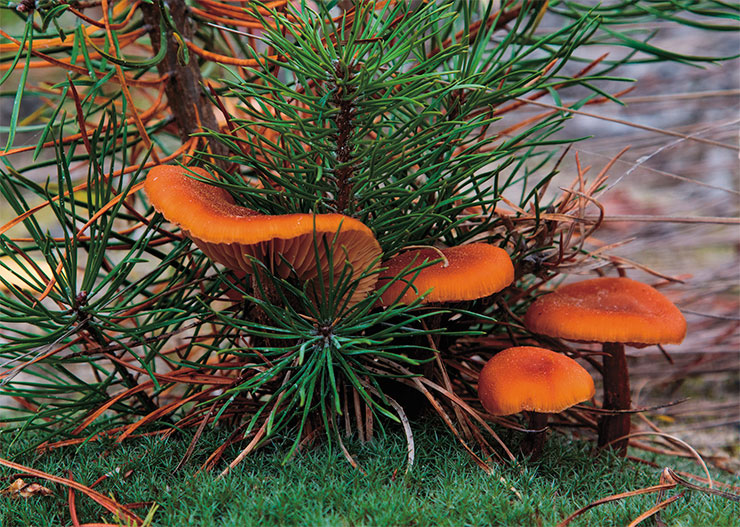
Fungi of Siberia remain poorly studied – one of the reasons lies in decades of “repression” of mycology, which until recently used to be treated as nothing more than a section of botany dealing with spore-bearing plants. The situation changed radically with the emergence of affordable methods of molecular genetic studies, and mycology is experiencing a true boom. However, mycologists in Russia are still few, and many territories remain virtually unstudied.
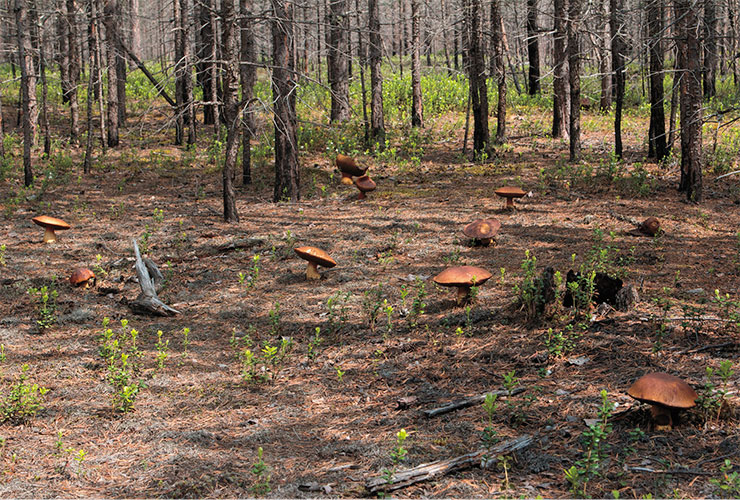
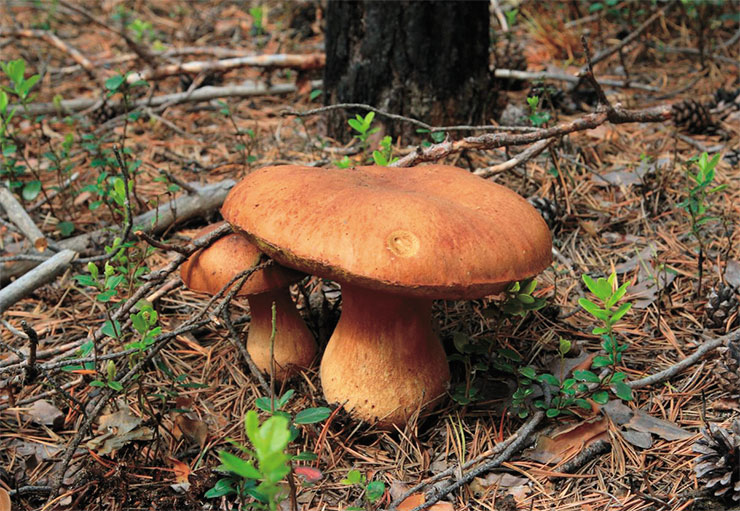
In the past couple of decades, things have taken a turn for the better, and to a great extent, this is thanks to digital photography and the Internet: nowadays, it has become easy to share information on new finds, including on global resources, such as iNaturalist, and to consult with leading experts on specific groups of fungi. A large part of all field research nowadays is done by enthusiasts who have discovered that the fungal world extends beyond edible and medicinal mushrooms, with an incredible diversity of species posing scientific interest. Amateur mycologists act both independently and as members of citizen science organizations.
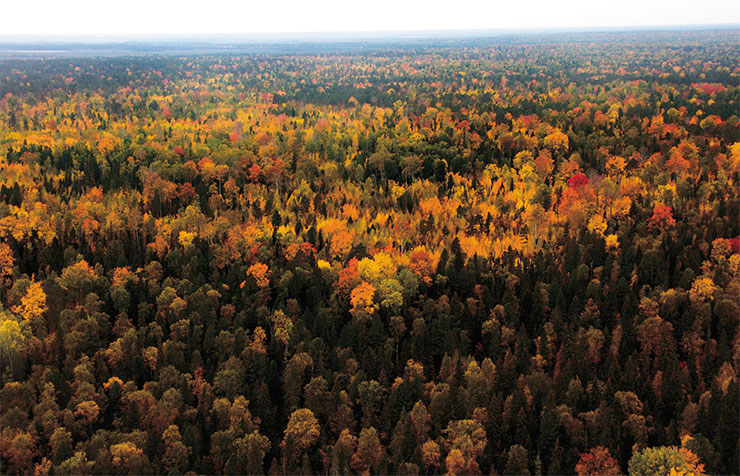
Even in northern latitudes, fungi are orders of magnitude more diverse than plants, and an attentive naturalist will find more than just rare and redlisted species – some of their finds might even be new to their region or country. Some are lucky to find and describe species new to science just by walking in their favorite patch of woods.
References
Akopyan E. K., Arefyev S. P., Baikalova A. S. et al. The Red Book of the Khanty-Mansi Autonomous Okrug – Yugra: animals, plants, fungi. 2nd ed. Yekaterinburg, 2013. [in Russian].
Filippova N. V., Bulyonkova T. M., Lapshina E. D. Route-based surveys of macromycetes around the Mukhrino field station of the UgraSU (West Siberia) // Dinamika okruzhayushchei sredy i global’nye izmeneniya klimata. 2015. V. 6. N 1. P. 3–31. [in Russian].
Filippova N., Bulyonkova T. New records of two pyrophilous ascomycetes from Siberia: Pyropyxis rubra and Rhodotarzetta rosea // Ascomycete.org. 2016. № 8 (4). P. 119–126.
Kharuk V. I., Ponomarev E. I. Wildfires and Burns of Siberian Taiga // Science First Hand. 2020. N. 2 (55). P. 44–59.
Kuo M. Morels. University of Michigan Regional, 2005. 216 p.
Perova N. V., Gorbunova N. A. Macromycetes of the South of West Siberia. Novosibirsk: SB RAS Publishing, 2001. 158 p. [in Russian].
Teplyakova T. V. In the Third Kingdom, in the Fungal State // SCIENCE first hand. 2010. N. 3 (33). P. 104–113. [in Russian].
Vlasov V. V. Citizen science: everyone is invited // SCIENCE first hand. 2021. N 5/6 (90). P. 146–151. [in Russian].


